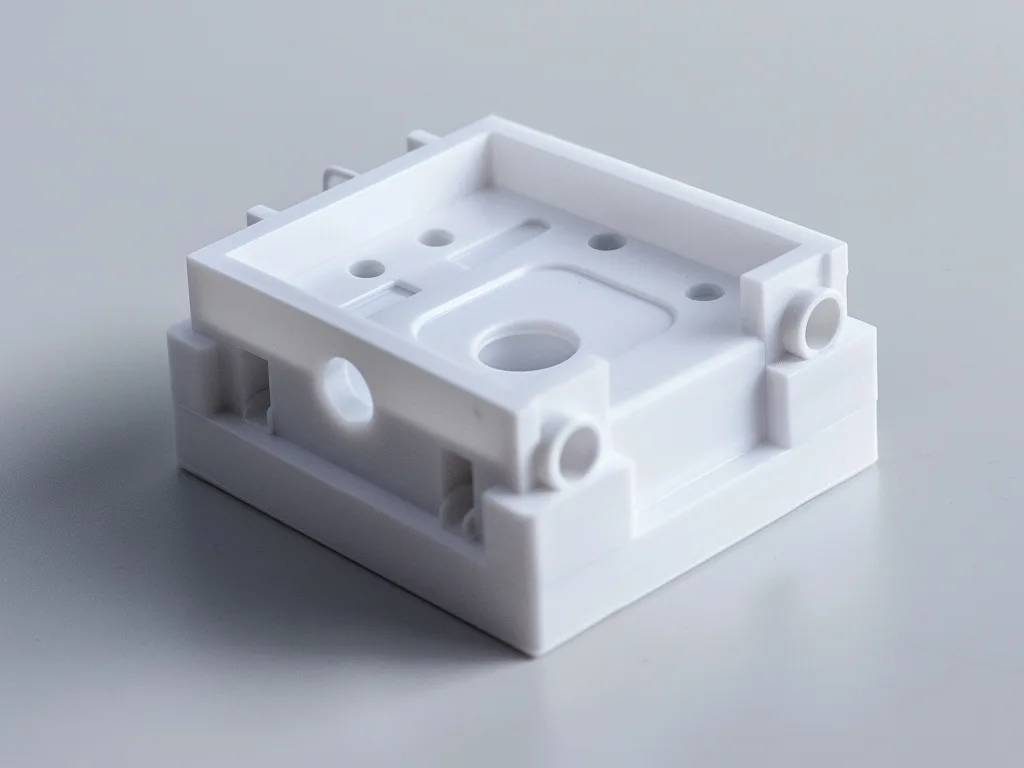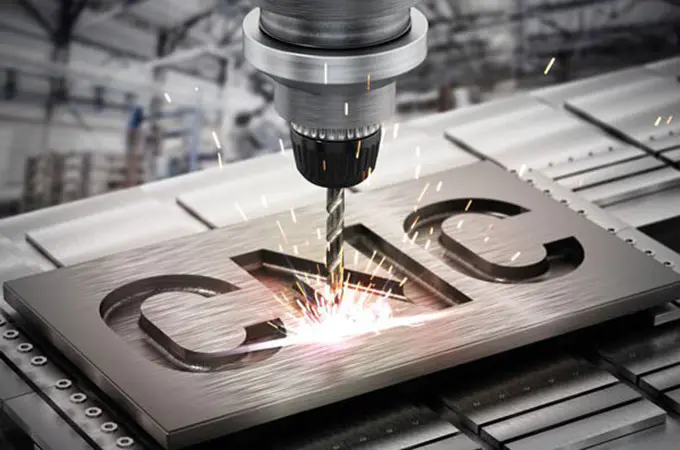
Home » PTFE

PTFE
Material Type
Plastic
Material Full Name
Polytetrafluoroethylene
Process Compatibility
Injection Molding, CNC Machining
List of Plastic Material
List of Elastomer & Rubber Material
List of Metal Material
PTFE Description
Price
Strength
Weakness
Common Application
PTFE Properties
Properties at a Glance
| Property | Metric | English |
|---|---|---|
| Density | 2.1 - 2.3 g/cm³ | 131 - 144 lb/ft³ |
| Shore Hardness D | 55-65 | 55-65 |
| Min Temp. Air | -200°C | -328°F |
| Max Temp. Air | 260~300°C | 500~572°F |
| Flammabilitiy, UL94 | V-O | V-O |
| Elongation at Break | 150-350% | 150-350% |
Chemical Properties
- Excellent resistance to many chemicals, including solvents, fuels, and oils.
- High resistance to hydrolysis.
- Good resistance to acids and bases.
- Limited resistance to strong acids and oxidizing agents.
How Additives Improve PTFE Properties
When using fillers, it's important to be mindful that they may compromise other properties of PTFE. For instance, adding fillers like glass fibers or carbon powder can improve mechanical strength and wear resistance but might slightly reduce flexibility or impact resistance. Similarly, incorporating lubricants or anti-friction additives can enhance self-lubricating properties but may alter chemical inertness or increase friction coefficient. So, while additives can improve specific aspects, careful consideration and testing are necessary to ensure they don't compromise overall PTFE performance.
Get Custom PTFE Parts with Zhongde
Is PTFE material recyclable?
Can PTFE be used in high-temperature applications?
Is PTFE material safe for food contact?




